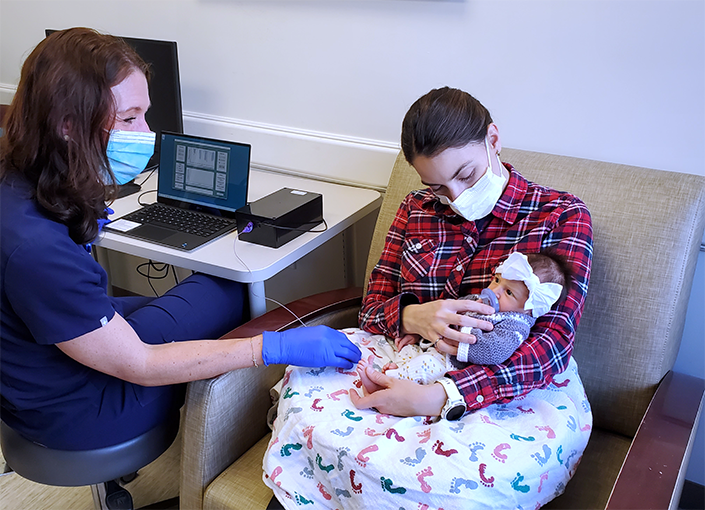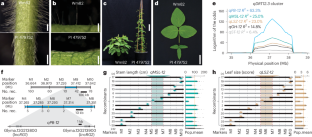2024-04-29 カリフォルニア大学サンディエゴ校(UCSD)

Clinicians only need to use the device for 60 seconds to gather meaningful data
<関連情報>
- https://today.ucsd.edu/story/ai-algorithms-can-determine-how-well-newborns-nurse-study-shows
- https://ieeexplore.ieee.org/document/10504251
乳児の異常な哺乳行動を特定するための統計分析と機械学習の応用 Application of Statistical Analysis and Machine Learning to Identify Infants’ Abnormal Suckling Behavior
Phuong Truong; Erin Walsh; Vanessa P. Scott; Michelle Leff;…
IEEE Journal of Translational Engineering in Health and Medicine Date of Publication: 17 April 2024
DOI:https://doi.org/10.1109/JTEHM.2024.3390589
Abstract
Objective: Identify infants with abnormal suckling behavior from simple non-nutritive suckling devices. Background. While it is well known breastfeeding is beneficial to the health of both mothers and infants, breastfeeding ceases in 75 percent of mother-child dyads by 6 months. The current standard of care lacks objective measurements to screen infant suckling abnormalities within the first few days of life, a critical time to establish milk supply and successful breastfeeding practices. Materials and Methods: A non-nutritive suckling vacuum measurement system, previously developed by the authors [1], is used to gather data from 91 healthy full-term infants under thirty days old. Non-nutritive suckling was recorded for a duration of sixty seconds. We establish normative data for the mean suck vacuum, maximum suck vacuum, suckling frequency, burst duration, sucks per burst, and vacuum signal shape. We then apply computational methods (Mahalanobis distance, KNN) to detect anomalies in the data to identify infants with abnormal suckling. We finally provide case studies of healthy newborn infants and infants diagnosed with ankyloglossia. Results: In a series of case evaluations, we demonstrate the ability to detect abnormal suckling behavior using statistical analysis and machine learning. We evaluate cases of ankyloglossia to determine how oral dysfunction and surgical interventions affect non-nutritive suckling measurements. Conclusions: Statistical analysis (Mahalanobis Distance) and machine learning (KNN) can be viable approaches to rapidly interpret infant suckling measurements. Particularly in practices using the digital suck assessment with a gloved finger, it can provide a more objective, early stage screening method to identify abnormal infant suckling vacuum. This approach for identifying those at risk for breastfeeding complications is crucial to complement complex emerging clinical evaluation technology. Clinical Impact: By analyzing non-nutritive suckling using computational methods, we demonstrate the ability to detect abnormal and normal behavior in infant suckling that can inform breastfeeding intervention pathways in clinic. Clinical and Translational Impact Statement: The work serves to shed light on the lack of consensus for determining appropriate intervention pathways for infant oral dysfunction. We demonstrate using statistical analysis and machine learning that normal and abnormal infant suckling can be identified and used in determining if surgical intervention is a necessary solution to resolve infant feeding difficulties.


